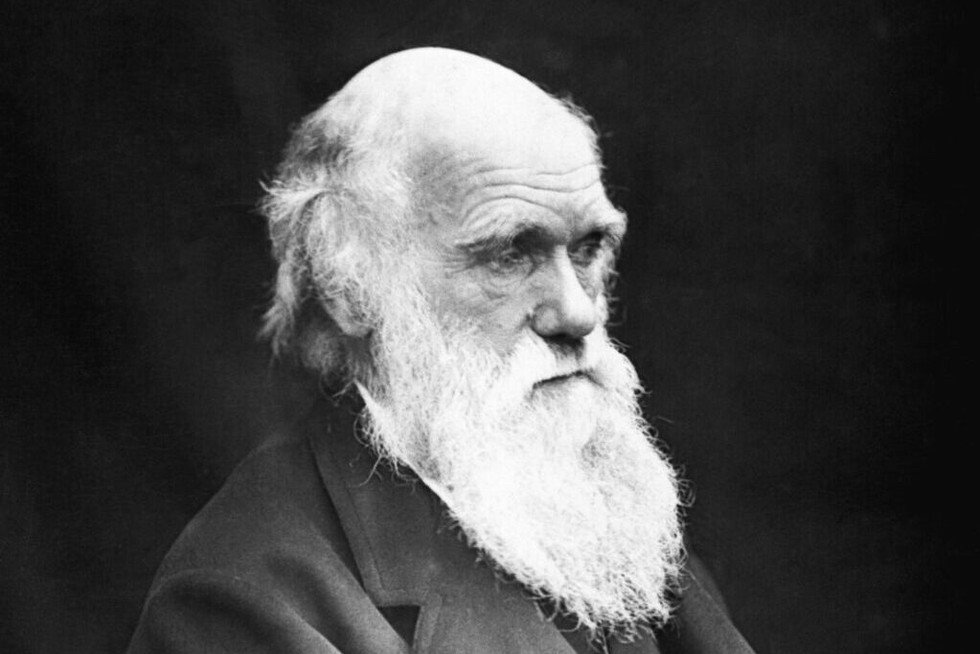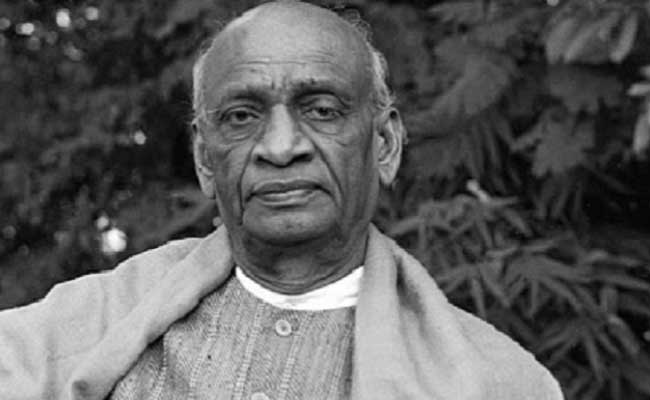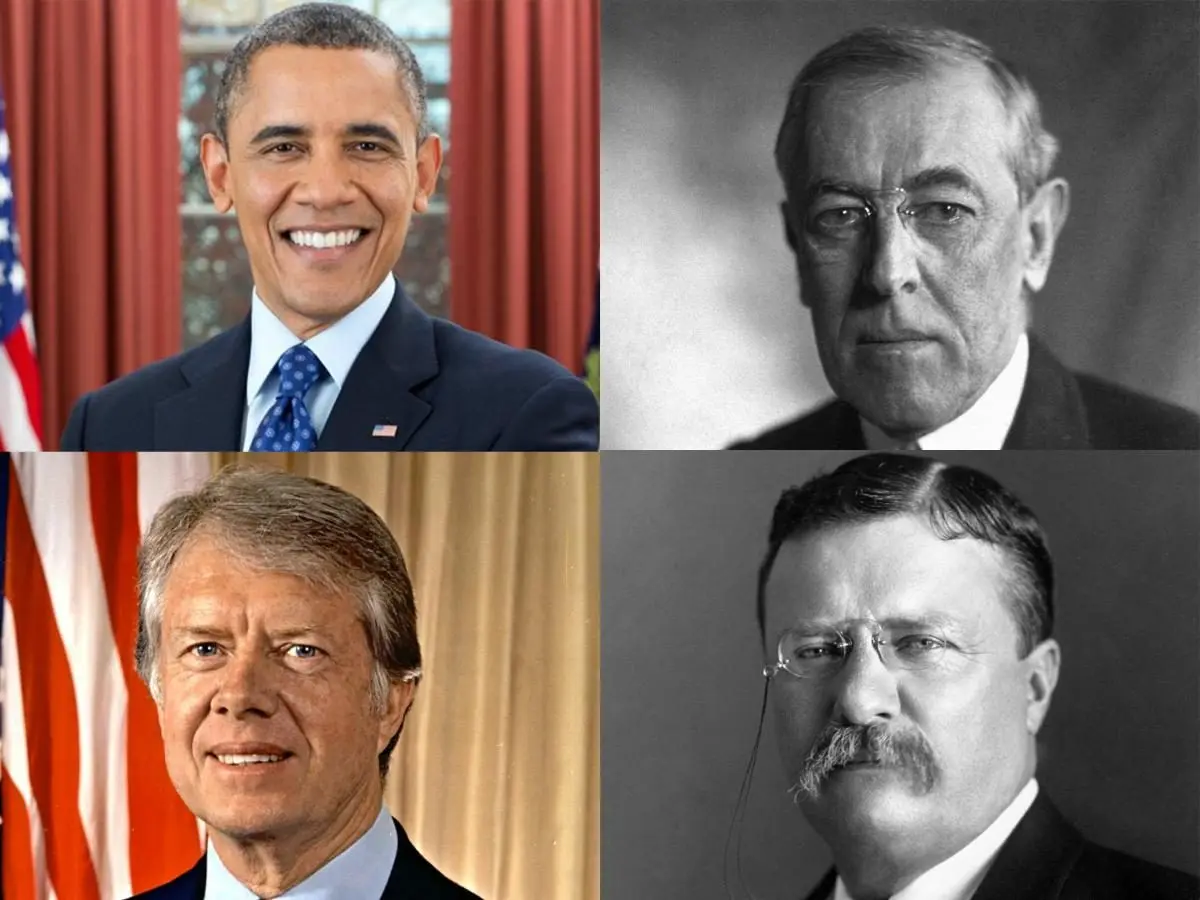The concept of “Survival of the Fittest” is one of the most influential ideas in the field of biology and evolutionary science. Coined by Charles Darwin, this theory explains how species evolve over time through natural selection. Darwin’s observations of various species during his voyage on the HMS Beagle led him to understand that organisms with traits best suited to their environment have a higher chance of survival and reproduction. This principle not only revolutionized biology but also influenced other disciplines, including sociology, psychology, and ecology.
Understanding Natural Selection
At the core of Darwin’s theory is natural selection, a process through which nature “selects” the organisms most capable of surviving in a particular environment. Individuals within a species exhibit variations in physical traits, behaviors, and genetic makeup. Some variations provide a competitive advantage, such as better camouflage, faster speed, or enhanced ability to find food. These advantageous traits increase the likelihood of survival, allowing these organisms to reproduce and pass on their genes to the next generation. Over long periods, these small adaptations accumulate, resulting in the evolution of species.
Origin of the Term “Survival of the Fittest”
While Charles Darwin developed the concept of natural selection, the phrase “survival of the fittest” was popularized by Herbert Spencer, a contemporary philosopher, after reading Darwin’s work On the Origin of Species. Spencer used this term to describe the outcome of natural selection, emphasizing that only the strongest, most adaptable organisms survive. It is crucial to note that “fittest” does not always mean the strongest or largest; instead, it refers to the organism’s ability to adapt to its environment and reproduce successfully.
Examples in Nature

Darwin’s theory can be observed in numerous examples in the natural world. For instance, the peppered moth in England evolved during the Industrial Revolution. Dark-colored moths became more prevalent than light-colored ones because soot-covered trees provided camouflage from predators, increasing their survival rate. Similarly, the finches of the Galapagos Islands developed different beak shapes suited to their specific food sources, illustrating adaptive evolution. Such examples demonstrate how environmental pressures shape the survival and evolution of species.
Implications of the Theory
The survival of the fittest has far-reaching implications beyond biology. In ecology, it helps explain the dynamics of predator-prey relationships and ecosystem balance. In medicine, it informs understanding of antibiotic resistance, where bacteria evolve to survive drug treatments. While some social theorists have misused the concept to justify inequalities, Darwin himself applied it strictly within a biological context, focusing on adaptation and species survival.
Criticisms and Misunderstandings
Despite its scientific significance, the theory has faced criticism and misunderstanding. Critics argue that it oversimplifies the complex processes of evolution and ignores the role of cooperation and altruism in survival. Moreover, misinterpretation in social and political contexts has led to harmful ideologies under the guise of “natural law.” Modern evolutionary biology emphasizes a more nuanced view that considers multiple factors, including genetic drift, mutation, and environmental changes.
Charles Darwin’s survival of the fittest theory remains a cornerstone of evolutionary biology. It explains how species adapt to their environments and evolve over time through natural selection. While the term “fittest” can be misunderstood, it fundamentally refers to adaptability and reproductive success. The theory continues to inspire research in biology, ecology, medicine, and beyond, offering insights into the intricate mechanisms that govern life on Earth.
Aristotle The Greek Philosopher and Polymath
American President Who Won Nobel Prize
Read Also: Social Network Website Design
![]()





